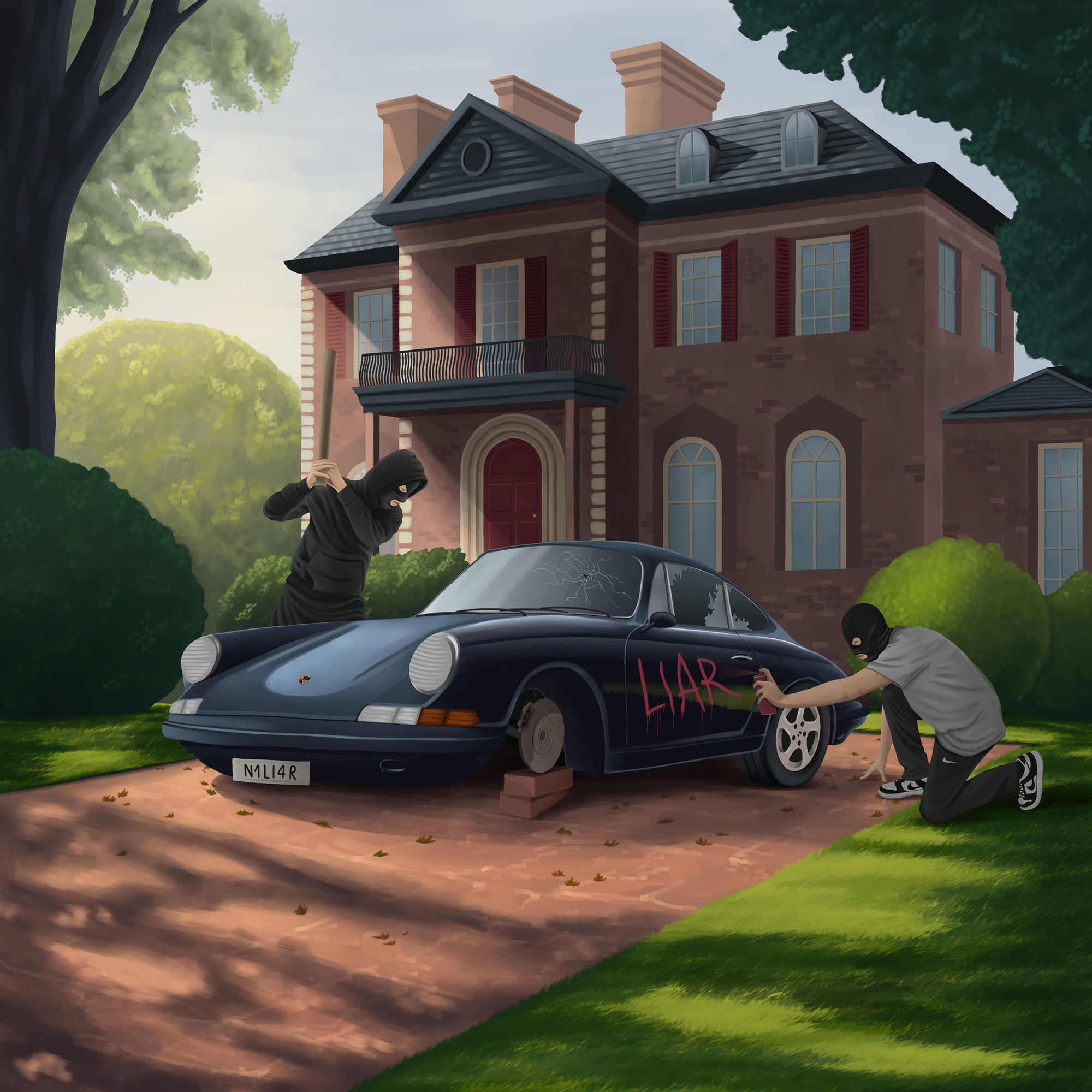Is Digital Art Shaping the Future of Collecting?

Fiorenzo Manganiello, a young technological innovator and co-founder of the investment company LIAN Group, combines his professional expertise in blockchain and AI with a passion for digital art. What is the story of a man redefining the boundaries of traditional collecting?
Fiorenzo’s journey into the world of art was entirely unexpected. Growing up in Italy, he was more captivated by the world of finance and technology. The turning point came during his stay in Switzerland, where he shared a flat with a classical painter. She encouraged him to try painting, despite his insistence that he ’couldn’t even draw a house’. The first strokes of a brush awakened creativity he had previously suppressed. “It was liberating and unexpectedly enjoyable,” he recalls.
His first art purchase was at a market in Geneva: a colourful painting by an anonymous Russian artist in a Picasso-like style. Although it cost only $50, the painting held deep emotional value for him. “I brought it home and spent weeks not knowing where to hang it. I just leaned it against my bed and looked at it every day,” he says with a smile.
Why Digital Art?
Fiorenzo naturally gravitated towards digital art thanks to his fascination with technology and his experience in blockchain and AI. He views it not only as a modern form of expression but also as a crucial element of the future. “Millennials and younger generations grew up surrounded by technology. It’s natural for them to seek art that reflects their digital experiences and values,” he explains. Fiorenzo’s collection includes works by artists such as Austin Lee, DotPigeon, Alex Gardner, and Peter Saul, bridging the physical and digital worlds.
Digital art, including NFTs (non-fungible tokens), symbolizes a new way to own and share art. Blockchain technology ensures authenticity and ownership, representing a revolution in the art market. “It’s the democratization of art. Anyone can buy a piece from an artist on the other side of the world and be certain it’s authentic,” he adds.
Valuable Advice for Beginners
According to Fiorenzo, you don’t need a million-dollar budget to start collecting art. Small markets and online platforms are ideal starting points for discovering affordable pieces. He advises beginning with traditional art to build an understanding of classic techniques before diving into the digital realm. The key to success is education: communicating with artists, gallerists, and other collectors will help you better understand the value of art as and the art market. Over time, he recommends building a structure and defining the styles or types of art that resonate with you the most.
Philanthropy and LIAN Foundation
In addition to collecting, Fiorenzo is an active philanthropist. Through the LIAN Foundation, he supports young artists and innovative projects. The foundation focuses on three key areas: digital education, interfaith dialogue, and health promotion. It collaborates with prestigious institutions such as Art Basel and the Red Cross in Geneva.
“We aim to discover talents and introduce them to a global audience. Art has the power to connect people regardless of their background or religion,” says Fiorenzo. The foundation also organizes workshops and educational programmes that break down generational and cultural barriers.
The Future of Collecting
Fiorenzo believes that digital art will play an increasingly important role in the art world. Advances in technology, such as AI and blockchain, open new possibilities for both artists and collectors. “We’re at the beginning of something monumental. With every new piece, the boundaries of what art can be are pushed further,” he concludes.
Fiorenzo’s story serves as an inspiration for anyone seeking their path in art collecting. It proves that choosing a less traditional focus, like digital art, can be immensely rewarding, especially as it captures the pulse of our times.